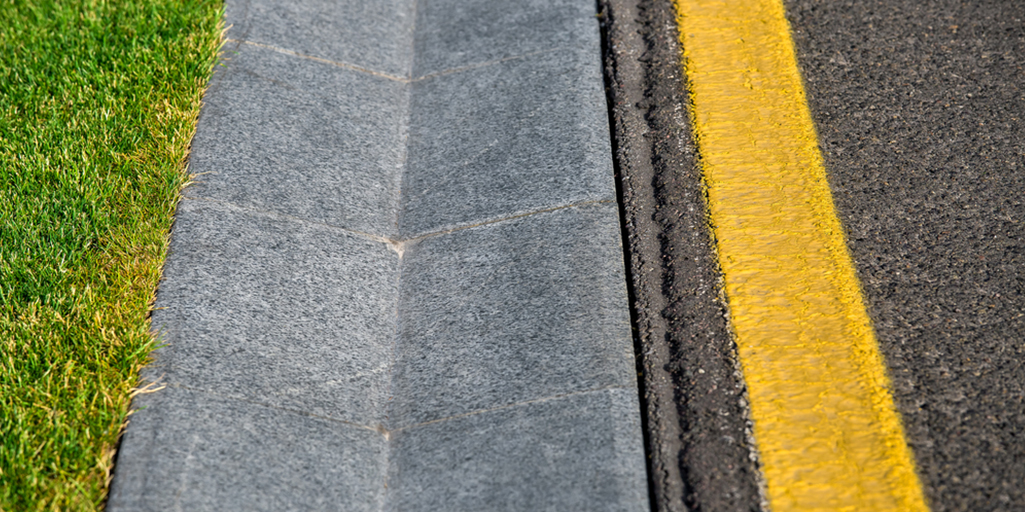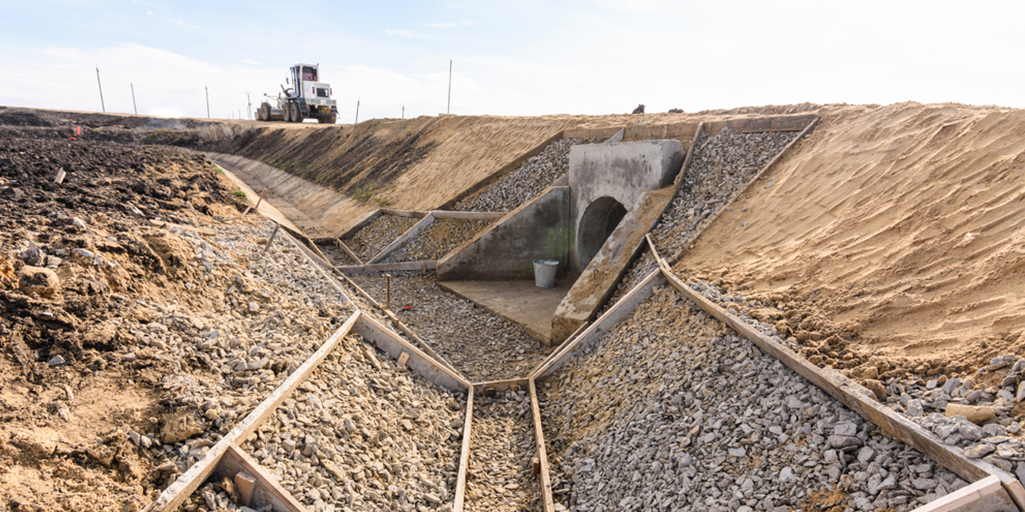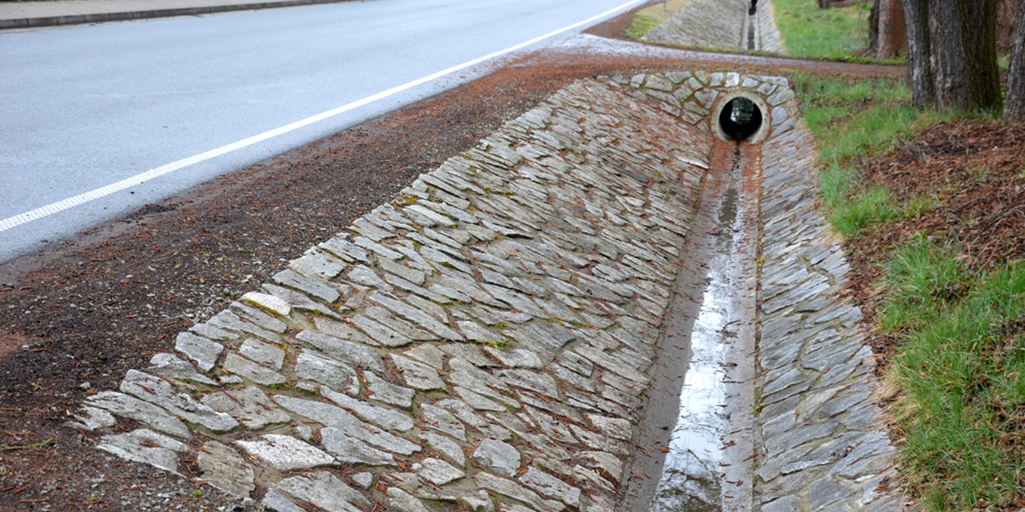We use cookies and other proprietary and third-party technologies to make our website work correctly and securely. We also use them to analyse user browsing and be able to adapt advertising to your tastes and preferences. Cookies Policy.
They’ve got a bad reputation, as reflected in expressions like “drive you into the ditch,” but they are essential elements on our roads and highways because they serve as necessary drainage for rainwater. Thanks to ditches, roads are kept from being flooded, something that’s dangerous for traffic: instead, the water is channeled to places where it can’t do any harm.
Another useful thing about these lateral trenches: they prevent any small collapses that might appear on the roads and prevent any pieces from reaching their surface.
“Ditch” is based on the Old English “dic,” which also gave us “dike.” From the beginning, “ditch” meant “a long and narrow excavation in the ground, especially one designed to carry water, as for drainage.”

Nowadays there are different kinds of ditches along the roads, depending on the terrain, the kind of road and even the weather in the area:
Surface ditch
These are shallow excavations that run parallel to the road. Their main function is to divert water to the principal drain and thus prevent excess water from running on to the road surface.
French or subsurface drainage system
This type of ditch runs beneath the road or highway. It needs a system of subterranean tubes that lead to a principal collector.

Embankment drainage
In this system a tube traverses a small slope, which takes the water away from the road through tubing.
Guttering system
It functions like the gutter on a building’s roof. A system of tubes collects the excess water and carries it to a sewage system. The advantage of this system is that it is cheaper to install than most others.

Green ditches
All the previous systems are basically built with concrete and cement. But there is another kind of ditch that is covered with grass. These are the green ditches.
They are excavated with a base of more than a meter and a half and on gentle slopes. Their design is optimized to collect and treat the volume of quality water, and they should generate speeds of less than 1 or 2 m/s in the water that circulates through them, so that the particles in suspension can settle and not produce erosions.
There are three kinds of green ditches: traditional, dry and humid (they retain the water permanently).
Two advantages to this type of ditches is that they are easier to install in the landscape and they are low cost.
Notice: Trying to access array offset on value of type null in /DATA/sites/ontheroadtrends.com.preproduccion.com/webspace/wp-content/themes/ontheroad2023/templates/newsletter.php on line 3
Notice: Trying to access array offset on value of type null in /DATA/sites/ontheroadtrends.com.preproduccion.com/webspace/wp-content/themes/ontheroad2023/templates/newsletter.php on line 4
Notice: Trying to access array offset on value of type null in /DATA/sites/ontheroadtrends.com.preproduccion.com/webspace/wp-content/themes/ontheroad2023/templates/newsletter.php on line 5